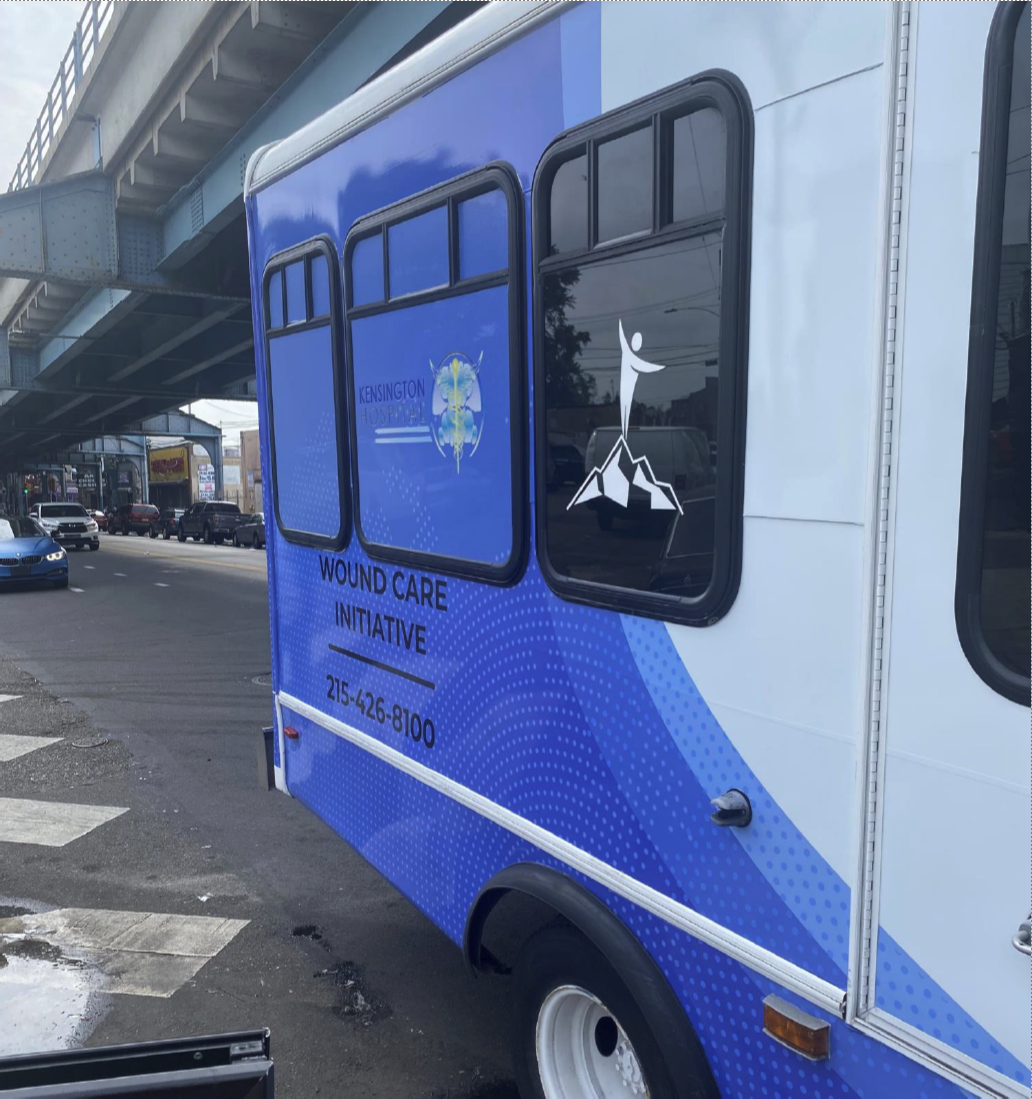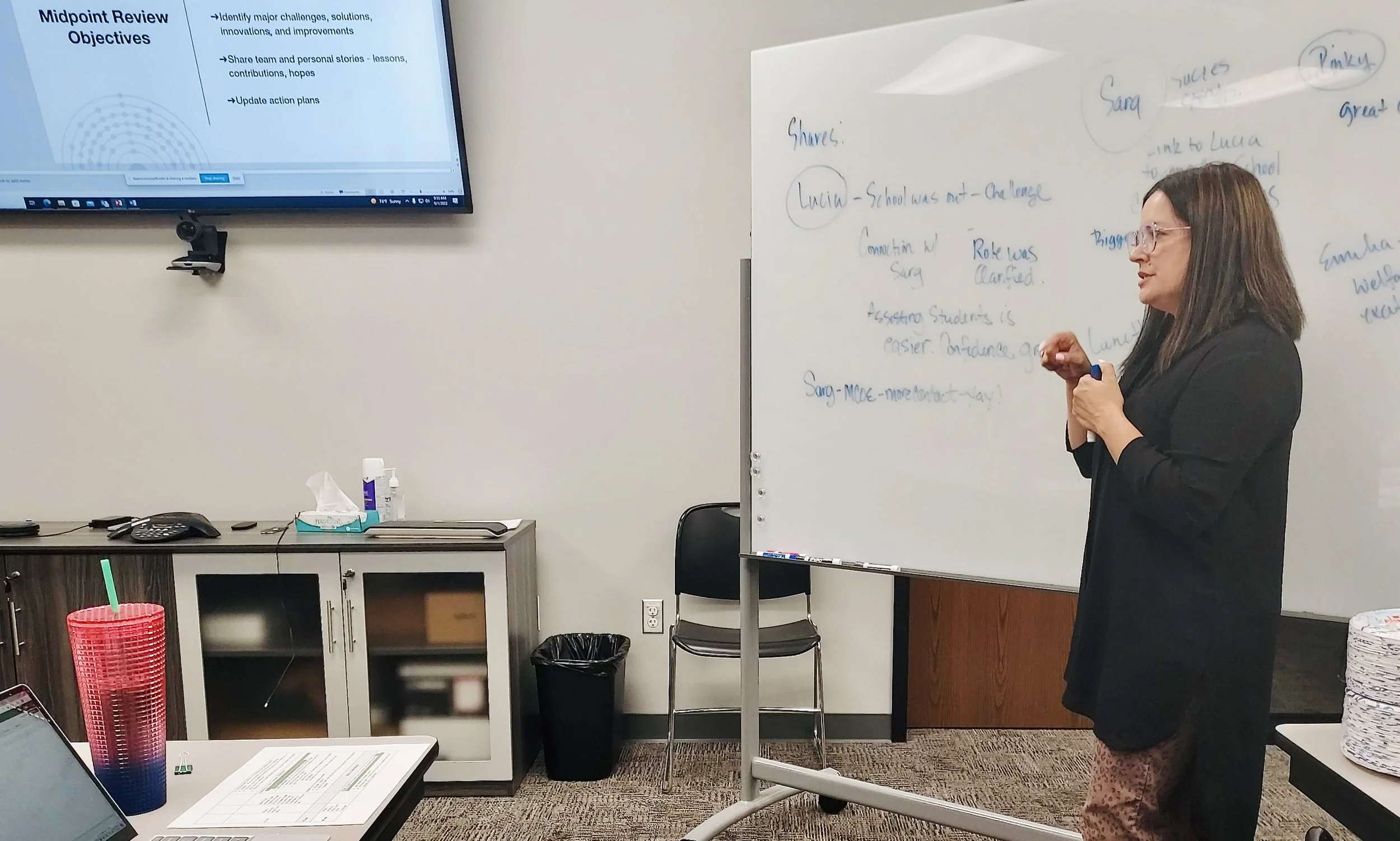5 things we have learned about sustaining change.
We have recently been doing a bit of digging to find out more about what happens after the 100-Day Challenge has finished. We know that during those 100 days, extraordinary things happen. We see people housed, backlogs in criminal justice systems overcome, and people accessing healthcare instead of lingering on a waiting list. We see teams innovate, ideate and collaborate to solve problems they'd felt stuck with. But what happens next? After the teams have stopped meeting regularly, stopped being coached and supported, and stopped driving toward an unreasonable yet exciting goal.
The key to answering that question lies in how 100-Day Challenges create innovative practices, not just in creating tangible innovations (e.g., a new technology, a new checklist, a new service) but, importantly, in how people work. When talking to our teams about the innovations they saw developing during their journey with us, they identified changes within their system, relationships, power dynamics, and ways of working as much as they did actual process, policy, or technological innovation.
Changing how people work is crucial to the sustainability of those successful changes where our teams met their goals and sustained the changes they had implemented. The picture that we're starting to build of what happens after the 100 days highlights five key elements that help maintain positive change:
Successful outcomes: Whatever the tangible product developed during the Challenge - it worked! Therefore, people keep it up as long as it is still relevant.
Improved ways of working: Increased collaboration, communication, and partnership have demonstrated huge improvements in work outcomes, as well as in work satisfaction.
Relevance: Whatever they were working on continued to be relevant to work priorities/policies
Leadership support: Leadership was involved in the 100-Day process, so they understand how it works. They, therefore, support the changes and the sustainability of those changes.
Permission to innovate: The challenge facilitated the generation, trial, and testing of new ideas. They trusted people to do this, and it worked, and now they continue that thinking.

















